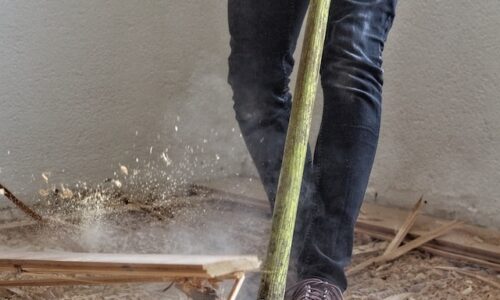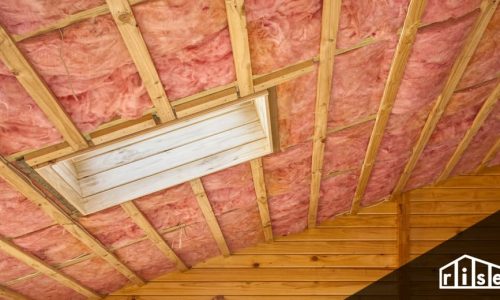- Home
- DIY & Rennovation
- How to Drain a Septic Tank?

How to Drain a Septic Tank?
In this article, we’ll discuss Pumping out a septic tank, Disposal options, and Chemical treatments for a septic tank. Next, we’ll choose the best option based on the type of problem. The last tip involves using a septic tank pumper.
Problems with a septic system
Problems with a septic system are often a result of clogged drains. These clogs can be caused by a clogged drain field, leaking plumbing fixtures, or poor soil quality. A septic assessment will help you determine the exact cause of your clogged drains and the most suitable options for repair or replacement.
Foul odors in the yard usually emanate from the septic tank or pipes leading to it. However, on windy days, they may spread. They may be caused by a crack in a pipe, full tank, or improper drain field drainage. Regardless, a clogged drain field will produce foul smells. If you notice these symptoms, contact a septic tank draining service.
Disposal options
There are several options for disposal when your septic tank is full. Usually, you should use approved trash disposal or particular septic disposal. Disposal options for a septic system are different from garbage disposals, as these should be kept to a minimum. Disposal options for a septic system include garbage disposal with an enzyme solution. This solution helps in breaking down food waste and sludge.
A septic system involves separating waste materials into layers by their weight and dispersing the rest into the surrounding soil. Unlike the septic system, toxic liquids that are not biodegradable enter the tank and disrupt the natural process. These liquids are not converted into gas and flow out with the effluent. Other products enter a drain field, affecting the water and land around your home.
Pumping out a septic tank
Many people who recently purchased property may not know the size of their septic tank or its history. It is also essential to have the tank emptied and inspected to ensure no damage or defects.
Regardless of whether you live in a large or small home, the frequency of septic tank pumping is dependent on several factors. Your local regulations may require regular pumping every five years, but the truth is, septic tank cleaning is not always necessary. Pumping out your septic tank depends on several factors, including your water usage and habits. By performing regular inspections, you can determine if your system needs pumping.
Chemical treatments
There are various types of chemicals used for draining a septic tank. Many of these substances can be harmful to a septic system because they can cause odors, leakage into the local groundwater, and clogged pipes. These chemicals are also corrosive and can weaken the septic system prematurely. Hydrogen peroxide, a popular chemical treatment, can also degrade soil content, compromising the long-term viability of the drain field.
Some septic tank additives work to introduce a source of food to the septic system. These products can provide grains, carbon, and minerals to the tank, but these substances do not work unless they’re used in the proper proportions. Some even act as chemical contaminants and are illegal in many jurisdictions. Chemical treatments for draining a septic tank are also not advisable if you are not sure if your system needs emptying.
Tree roots
If your home’s drains are slow, or you notice that noxious gases are coming out of your drains, tree roots might be blamed. Those tiny, fast-growing roots can get into your sewer line through cracks and pipe joints, causing it to block. If left unchecked, tree roots can cause significant septic system repair work, including pipe replacement. A tree root infestation can also result in flooding in your home.
When large trees grow near a septic drain field, their roots will continue to spread. Cutting individual roots won’t prevent them from spreading. But if enough are cut, they will eventually kill the whole tree. Tree roots are smart – they seek out water and nutrients from the septic effluent. But, once they reach your septic system, they can block or even rupture the tank.
Adding additives to a septic tank
Adding a sullage tank is controversial, but they have increased the system’s efficiency and lifespan. Even though they have increased tank performance, you should still perform regular pumping to prevent overflowing additives. According to Purdue University, you should pump your septic tank every three to five years. This is not guaranteed.
Some septic tank additives contain substances that can boost the growth of beneficial bacteria in the system. Other additives are used to break down surface scum and improve the breakdown of biosolids. Ultimately, these additives are unnecessary because they do not affect the natural biological processes in a septic tank. As long as you maintain proper septic tank maintenance, you don’t need to use additives.





